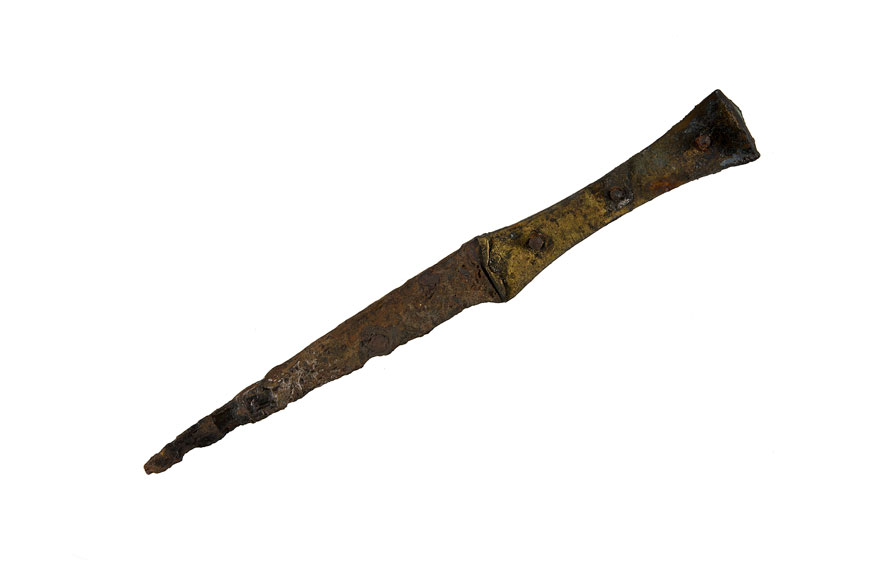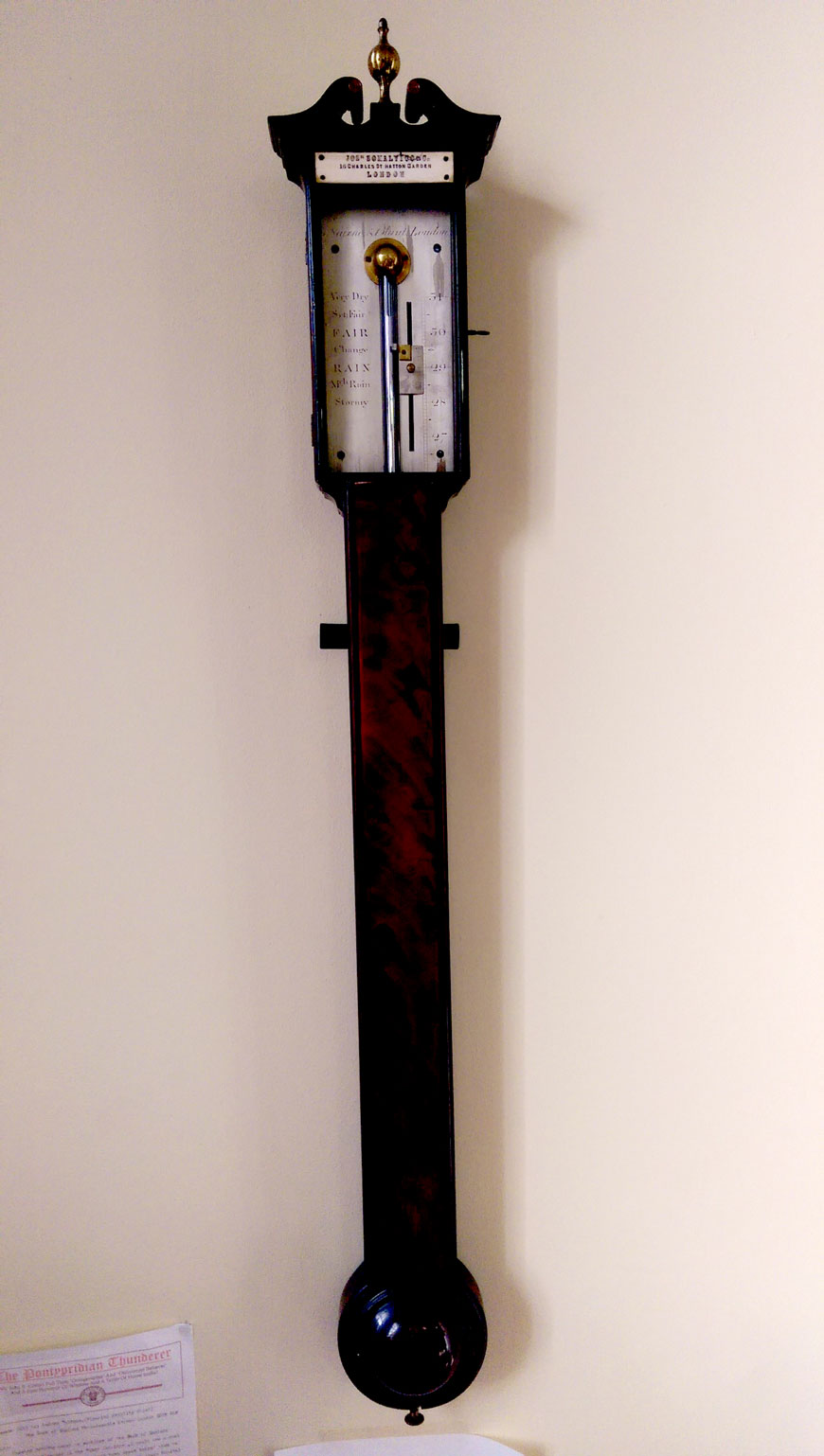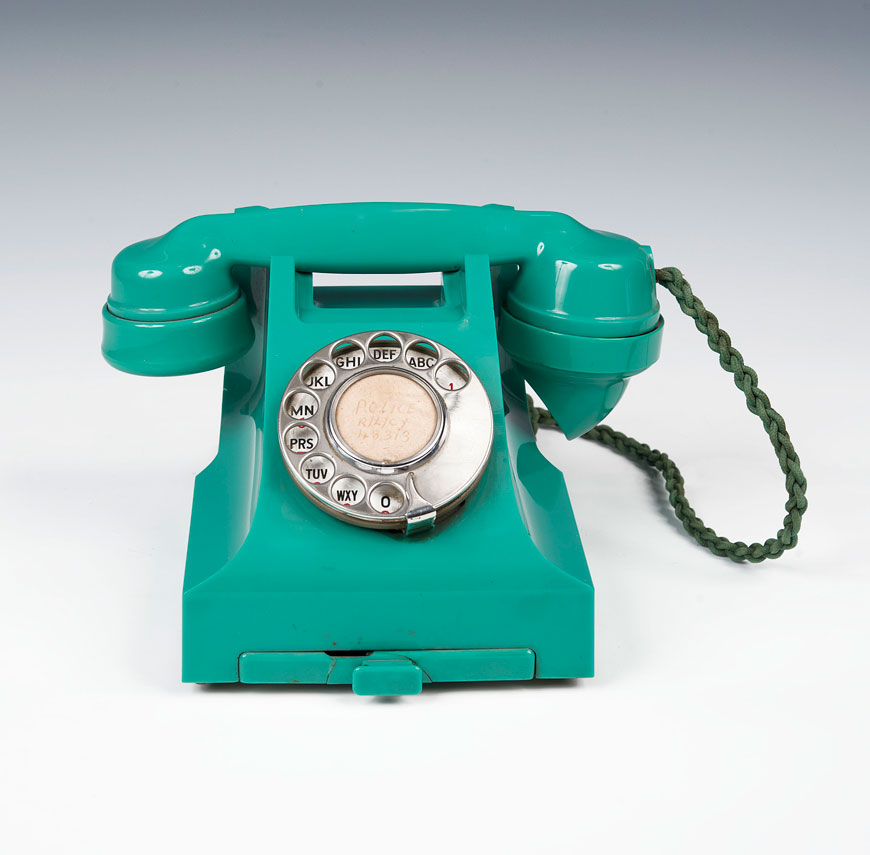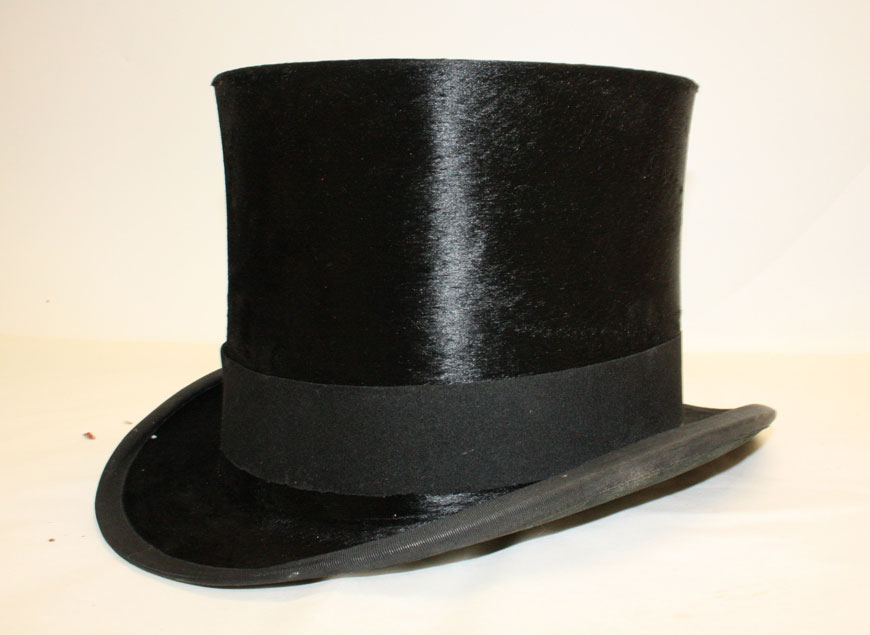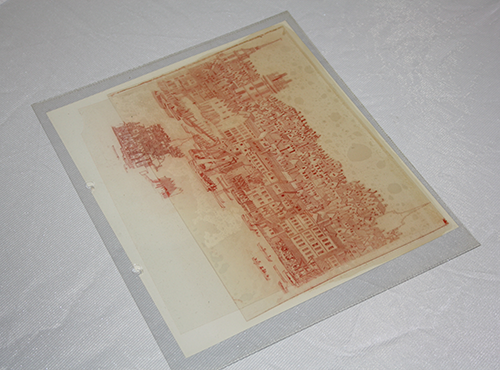Blog
Miranda Garrett, Collections and Exhibitions Manager
When you think of someone working in a museum, what do you imagine? I'm guessing it's something along the lines of a tweed-clad curator researching objects in dusty books, or a nerdy conservator in a fluffy cardigan gently dusting a piece of porcelain. A nice, safe, cosy line of work.
Far from it! It's a surprisingly dangerous job, and we're constantly fighting a variety of terrifying hazards. I want to take you through some of the more sinister things lurking in our collection store, and some of the measures we take to keep ourselves safe.
Firstly, what is a hazard? In context of the objects in our collection, it's anything that could pose a risk to the health of people working in our museum, our visitors, or objects in the collections themselves.
Objects can be hazardous for a lot of different reasons. It can be due to their size or shape, what they are made of, something they have been treated with, or because they degrade in a way that produces hazardous materials.
Let's go through and look at each of these four categories in turn:
Physically hazardous objects
This one is quite obvious, but it's important not to underestimate the risks. Maybe the object is heavy and potentially dangerous to lift. Maybe it has sharp edges or a pointy end and could cause an injury. Or maybe it's designed to do some damage! Here are a couple of examples we have:
This rusty Roman knife is part of our archaeology collection. It was found when Bank of England was being rebuilt in the 1930s. Anyone handling this would definitely need to have an up-to-date tetanus shot!

